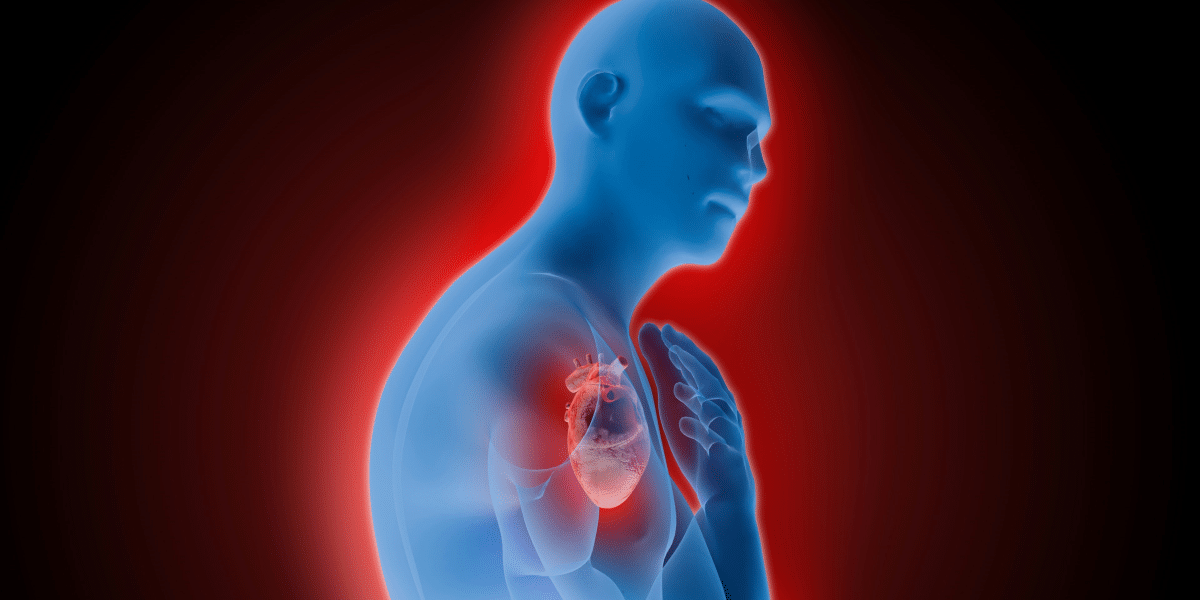Applying the PALS cardiac arrest algorithm improves critically ill children’s chances of survival. Having the skill set to apply the algorithm correctly is crucial for managing pediatric emergencies. The PALS cardiac arrest algorithm offers a systematic approach to resuscitate pediatric cardiac arrest patients. Different medications are also used in the procedure, and each has a particular indication, route of administration, dosage, and mechanisms of action. This ensures the overall success of resuscitation.
This blog discusses the key role medications play in pediatric cardiac arrest.
PALS cardiac arrest algorithm
The algorithm emphasizes recognizing cardiac arrest early, giving high-quality CPR, performing rapid defibrillation, and administering correct medication. Below is a summary of the algorithm.
1. Immediate recognition and activation of Emergency Medical Services (EMS).
2. Start cardiopulmonary resuscitation.
3. Shockable rhythm: Deliver shock and resume CPR for two minutes after each shock.
4. Non-shockable rhythm: Perform CPR for two minutes and administer epinephrine.
5. Medication and advanced interventions: Administer medications like epinephrine, amiodarone, lidocaine, magnesium sulfate, sodium bicarbonate, atropine, and calcium chloride.
6. Advanced airway management.
7. Identify reversible causes and treat them.
8. Post-resuscitation care: After the return of spontaneous circulation (ROSC), oxygenation and ventilation are optimized, hypotension is treated, and Targeted Temperature Management (TTM) is considered.
Role of medication in the PALS cardiac arrest algorithm
Each medication recommended by the PALS cardiac arrest algorithm has a specific indication, dosage, and route of mechanism. The treatment includes two administration routes: intravenous (IV) or intraosseous (IO).
When you want quick action from medication, you can consider the IV route as it offers rapid delivery of medicine to the bloodstream. If you fail to get IV access, consider IO, where you inject medication into the bone marrow, and the rich vascular supply ensures fast absorption and effect. Below is a list of the medications for the PALS cardiac arrest algorithm:
Epinephrine
Administer epinephrine if fluid resuscitation and basic life support fail to restore effective circulation.
Indication: Use epinephrine for ventricular fibrillation (VF), asystole (Flatline), pulseless electrical activity (PEA), and pulseless ventricular tachycardia (PVT).
Administration: Administer a dose of 0.01 mg/kg (0.1 mL/kg of 1:10,000 solution) either through intravenous (IV) or intraosseous (IO). Repeat this administration every 3-4 minutes during the pediatric cardiac arrest.
Mechanism of action: Epinephrine stimulates alpha and beta receptors. This enhances cerebral and myocardial blood flow by increasing myocardial contractility and systemic vascular resistance.
Amiodarone
Amiodarone is used to treat pulseless ventricular arrhythmias, supraventricular arrhythmias, and stable ventricular arrhythmias.
Indication: Use it for pulseless ventricular tachycardia unresponsive to defibrillation or ventricular fibrillation unresponsive to defibrillation.
Administration: For refractory VF/pVT, give the pediatric patient a 5 mg/kg IV/IO bolus and repeat up to two times.
Mechanism of action: Amiodarone is a class III antiarrhythmic. It prolongs the action potential and refractory period in myocardial tissue.
Lidocaine
Use lidocaine to treat pulseless ventricular arrhythmias and the initial treatment of shock-refractory ventricular arrhythmias in pediatric patients.
Indication: Use lidocaine as an alternative to amiodarone for VF or pVT.
Administration: Ensure the dosage is 1 mg/kg IV/IO loading dose. In terms of frequency, give additional doses of 0.5-1 mg/kg. You can repeat this every 5-10 minutes to a maximum of 3 mg/kg.
Mechanism of action: As a class IB antiarrhythmic medicine, lidocaine inhibits sodium channels, reducing the conduction velocity in the myocardium and thereby suppressing ventricular arrhythmias.
Magnesium sulfate
Magnesium sulfate stabilizes the motor membrane and is a crucial cofactor in the sodium-potassium-ATPase enzyme system.
Indication: Use it for suspected hypomagnesmia and Torsades de Pointes.
Administration: Give 25-50 mg/kg IV/IO (maximum dose: 2 grams).
Mechanism of action: Magnesium sulfate is useful for stabilizing cardiac membranes. It also terminates Torsades de Pointes by influencing ion fluxes across the cardiac cell membranes.
Sodium bicarbonate
Using sodium bicarbonate in pediatric patients during resuscitation is limited to certain indications.
Indication: Use sodium bicarbonate for hyperkalemia and severe metabolic acidosis or prolonged resuscitation.
Administration: To administer, use a 1 mEq/kg IV/IO dose.
Mechanism of action: Use sodium bicarbonate to neutralize excess hydrogen ions and correct metabolic acidosis. It is also useful for stabilizing cardiac membranes in the presence of hyperkalemia.
Calcium chloride
Calcium chloride has limited uses in pediatric resuscitations.
Indication: Use calcium for hypocalcemia, hypermagnesemia, hyperkalemia, and as a calcium channel blocker overdose.
Administration: To administer, consider a dosage of 20 mg/kg (0.2 mL/kg of 10% solution) IV/IO slowly.
Mechanism of action: Calcium chloride increases myocardial contractility and stabilizes the cardiac membranes. It counteracts the impact of high magnesium or potassium levels and improves myocardial function.
Atropine
Administer atropine for vasovagal-induced bradycardia or to treat primary atrioventricular (AV) block.
Indication: Use it for bradycardia that has failed to respond to epinephrine.
Administration: Consider 0.02 mg/kg IV/IO (minimum dose 0.1 mg, maximum single dose 0.5 mg for children and 1 mg for adolescents).
Mechanism of action: Atropine is an anticholinergic to inhibit vagal activity. This leads to increased heart rate by blocking the effects of the vagus nerve on the heart.
Conclusion
The PALS cardiac arrest algorithm offers a detailed guideline to manage pediatric cardiac arrest efficiently. While medication is an important part of the algorithm, the guidelines also emphasize the need for early recognition, provision of high-quality CPR, and the appropriate application of defibrillation. Thus, to protect pediatric patients from severe brain injury symptoms, you must provide pediatric post-resuscitation care as outlined in the algorithm.
Disclaimer: This content is for informational purposes only and is not intended as medical advice, nor does it replace professional medical expertise or treatment. If you have any health concerns or questions, always consult a physician or other healthcare professional.
Published by: Holy Minoza

















